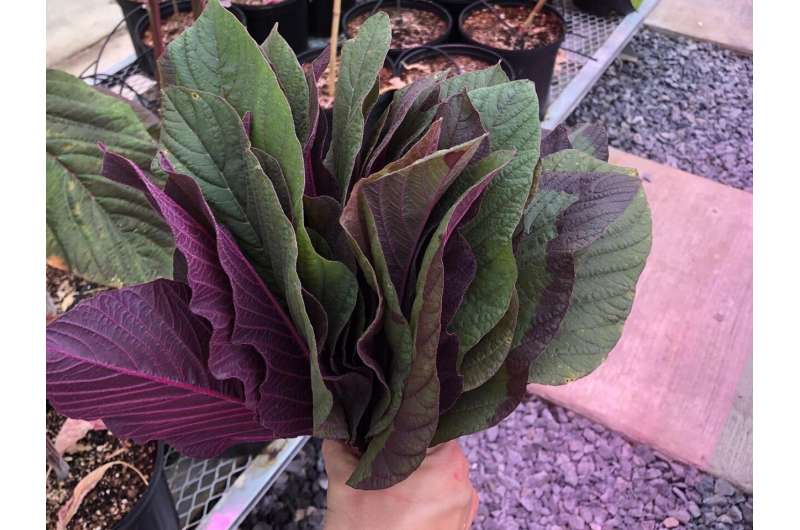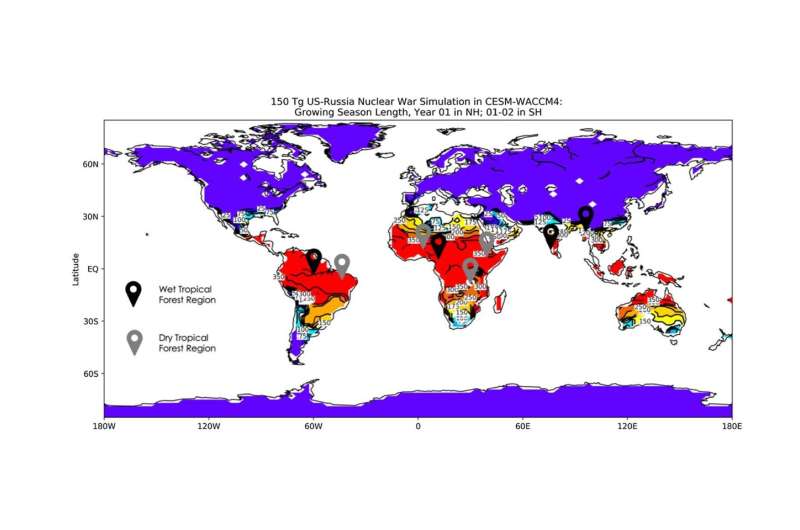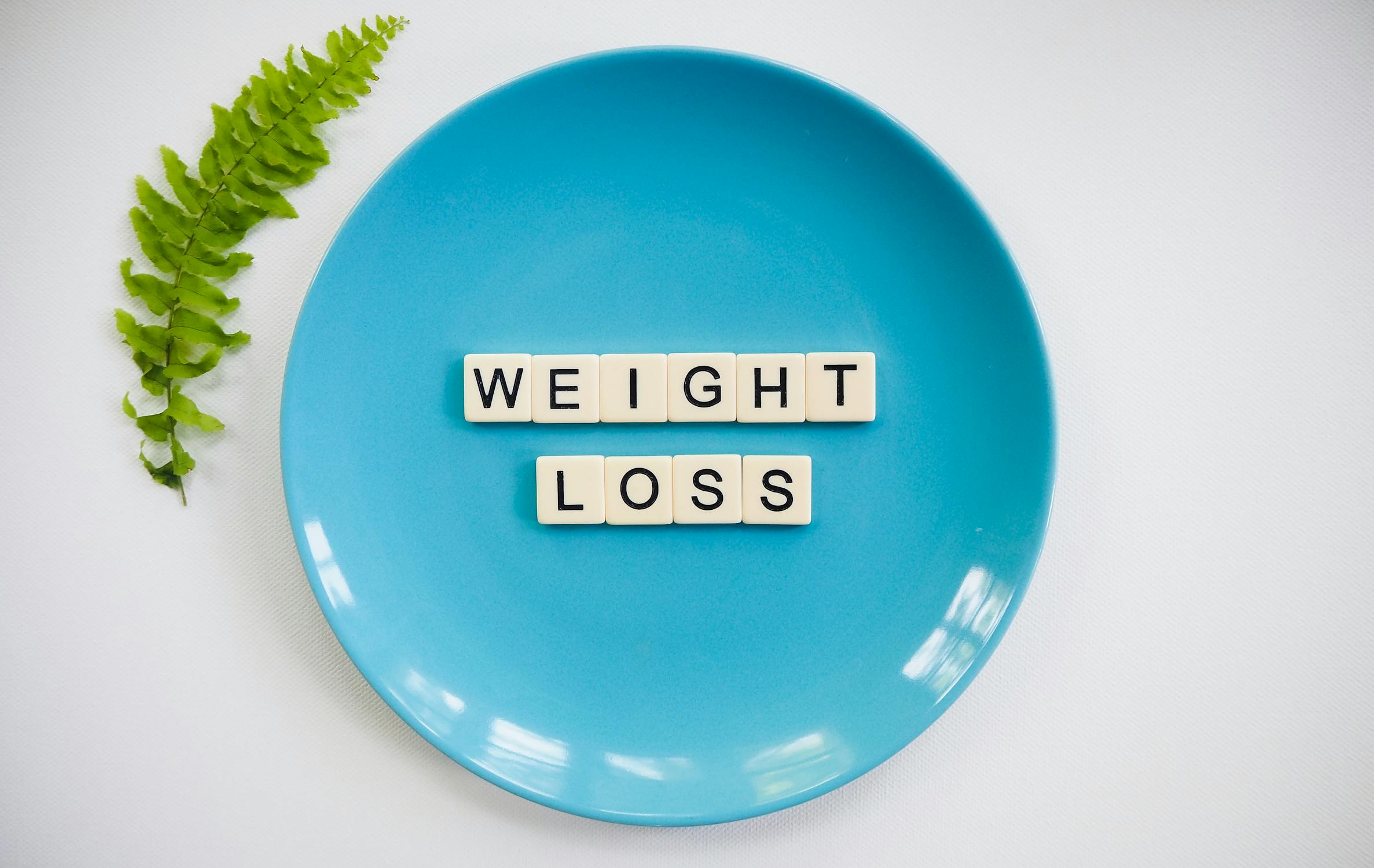[ad_1]

The day immediately after lead writer Daniel Winstead authorized the last proofs for a analyze to be revealed in Ambio, the journal of the Royal Swedish Academy of Sciences, Russia set its nuclear forces on higher warn.
“In no way, condition or type had I thought that our work—’Food Resilience in a Dark Catastrophe: A new Way of Looking at Tropical Wild Edible Plants’—would be quickly applicable even though we ended up working on it,” claimed the exploration technologist in Penn State’s Faculty of Agricultural Sciences. “In the short time period, I viewed it as an abstract concept.”
Winstead and analyze co-creator Michael Jacobson, professor of forest means, experienced to glance again at the Chilly War period to get facts for their critique.
“So, it did not enter my thoughts that it would be one thing that could take place at any time quickly,” Winstead reported. “This paper was printed all through this newest invasion by Russia into Ukraine, but our function on it commenced two years back. The idea that nuclear war could split out now was unthinkable to me.”
The investigation acknowledges what has been broadly agreed upon for decades: In better latitude countries—such as nuclear powers the U.S. and Russia—there would be no agricultural generation and little food items gathering achievable in a nuclear winter right after an all-out conflagration. If warring nations unleashed big portions of their nuclear arsenals, the ensuing world-wide, sunlight-blocking cloud would convert the floor to permafrost.
A nuclear war would bring about international blockage of the sunlight for many a long time because of to injections of black carbon soot into the upper atmosphere, masking most of the planet with black clouds, the researchers stated. Computer system models predict that a huge nuclear war, largely amongst Russia and the U.S., could inject upwards of 165 million tons of soot into the higher atmosphere from more than 4,000 nuclear bomb explosions and ensuing wildfires.

These kinds of a nuclear war could final result in fewer than 40% of standard gentle levels near the equator and significantly less than 5% regular mild amounts near the poles, with freezing temperatures in most temperate areas and critical precipitation reductions—just half of the globally average—according to the research. Article-disaster circumstances, which could past 15 yrs in some moist tropical forests such as those people in the Congo and Amazon basins, could cause a 90% reduction in precipitation for a number of yrs right after these an celebration.
But tropical forests would provide an possibility for limited foods output and accumulating by area inhabitants due to the fact, even with the dense soot clouds, the region would be warmer. In the research, researchers categorized wild, edible vegetation into seven main classes, augmented by forest insects: fruits, leafy veggies, seeds/nuts, roots, spices, sweets and protein.
In a nuclear wintertime, the analyze exhibits, the pursuing meals would be out there in different degrees in tropical forests: konjac, cassava, wild oyster mushroom, safou, wild spinaches, vegetable amaranths, palms, mopane worm, dilo, tamarind, baobab, enset, acacias, yam and palm weevil.
The scientists selected 33 wild, edible plants from a checklist of 247 and considered their likely for cultivation in tropical forests in put up-nuclear war problems. Their alternatives were challenging by the point that in the tropics there are reasonably couple of meals-bearing crops that are each drought tolerant and shade or reduced-light tolerant.
Write-up-disaster situations would be unlivable for people in lots of parts all over the environment, and agriculture may perhaps not be doable, the researchers concluded. This study displays how just a few of the many tropical wild, edible crops and insects could be made use of for brief-expression unexpected emergency food cultivation and foraging just after an atmospheric soot injection from a catastrophic celebration this sort of as a nuclear war.
The world’s tropical forests maintain many underutilized crops and means, Jacobson pointed out. This research gives a new standpoint on worldwide foodstuff security and resilience employing forest foods, along with coverage and preparedness tips.
“But irrespective of the danger of nuclear war, there are several other existential threats, not minimum remaining climate transform,” he said. “Conference foodstuff security—and nutrition—in the face of any of these dangers is clearly one of humanity’s main challenges over the subsequent a long time. To that conclude, it is critical that we far better comprehend our food stuff creation, provide and value chains to make them less susceptible and far more adaptable in instances of crises.”
With Russia invading Ukraine, what is actually the threat of nuclear war proper now?
Daniel Jefferson Winstead et al, Food stuff resilience in a darkish disaster: A new way of wanting at tropical wild edible vegetation, Ambio (2022). DOI: 10.1007/s13280-022-01715-1
Quotation:
How would a nuclear winter season impression meals generation? (2022, March 30)
retrieved 8 April 2022
from https://phys.org/news/2022-03-nuclear-wintertime-impact-food items-generation.html
This document is topic to copyright. Aside from any reasonable working for the purpose of private study or investigation, no
section may well be reproduced with no the created permission. The articles is delivered for details applications only.
[ad_2]
Resource backlink






